
Intel’s spectacular fall from semiconductor supremacy is one of the most shocking corporate collapses in modern tech history. Once commanding 90% of the PC processor market, Intel now faces threats from every direction, including AMD’s gains in server market share, NVIDIA’s dominance in AI chips, and TSMC’s control over advanced manufacturing.
The company’s desperate $17 billion cost-cutting plan, featuring 25,000 layoffs and canceled European factories, paints a grim picture of a former giant fighting for survival in an industry it once ruled absolutely.
The Rise and Fall of Intel: A Tech Titan in Crisis
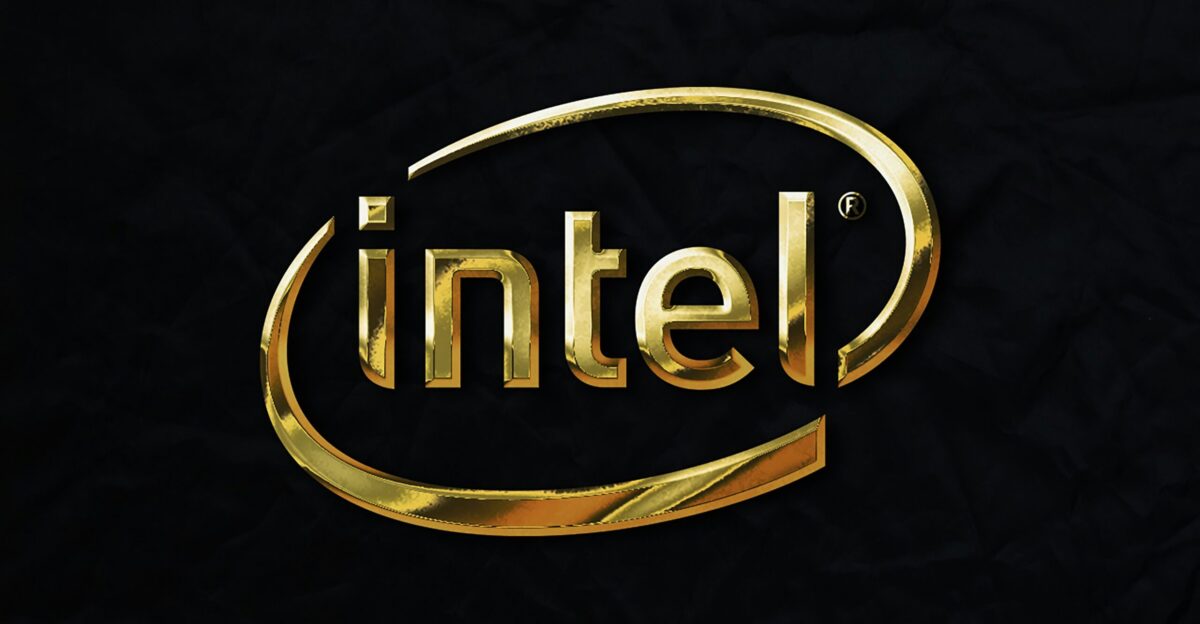
Intel’s rapid descent from tech royalty to corporate patient zero is astonishing. In a matter of years, the company that set the standard for computing turned into a cautionary tale of strategic blunders and missed opportunities.
Once enjoying near-monopolistic control over PC processors, Intel now scrambles for relevance in markets it helped create but failed to dominate. Recent analysis shows that Intel’s once-robust position has eroded as competitors like AMD have surged ahead, with AMD capturing a historic 50% server CPU market share by Q1 2025.
Once a Champion: Intel’s Dominance in the Semiconductor Industry
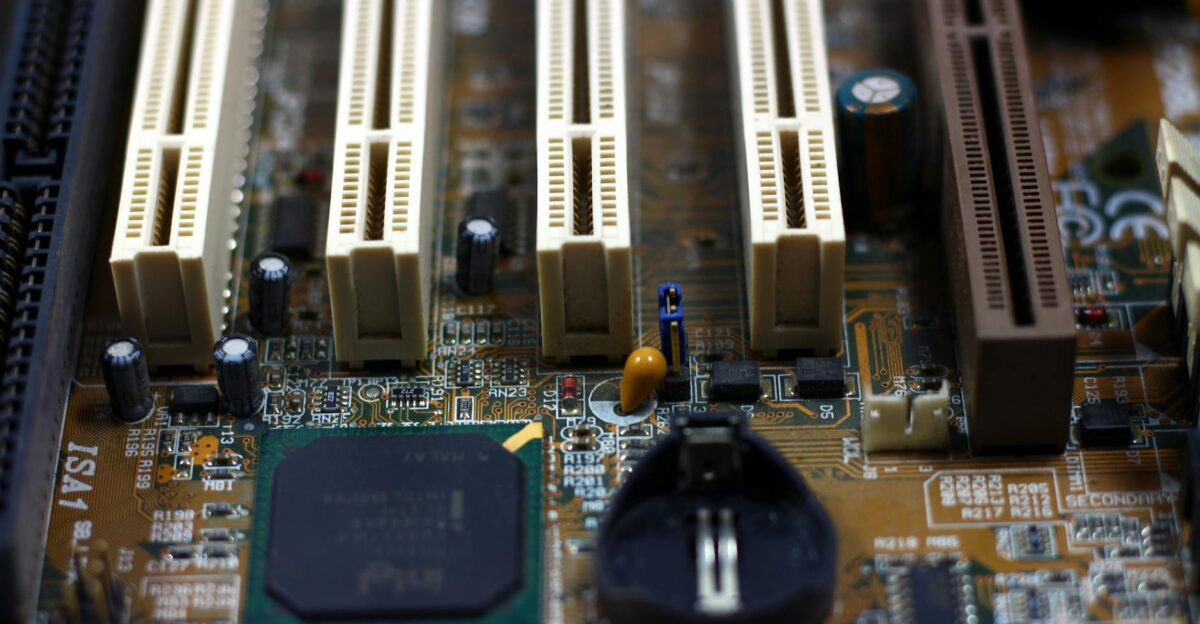
Intel’s former supremacy was a result of decades of relentless innovation and ruthless execution that made “Intel Inside” synonymous with computing power. The company pioneered the x86 architecture, which became the foundation of personal computing, creating a competitive moat so deep that others struggled for decades to breach it.
In the 1990s, Intel dominated the PC microprocessor market with a whopping 90% market share, celebrated for its aggressive defense of this position. The “Wintel” partnership with Microsoft solidified its hold on the PC landscape throughout the decade.
However, this very success became Intel’s Achilles’ heel when mobile computing and specialized AI chips began to reshape the industry.
A Staggering Financial Snapshot: Q2 2025 Revenue at $12.9 Billion
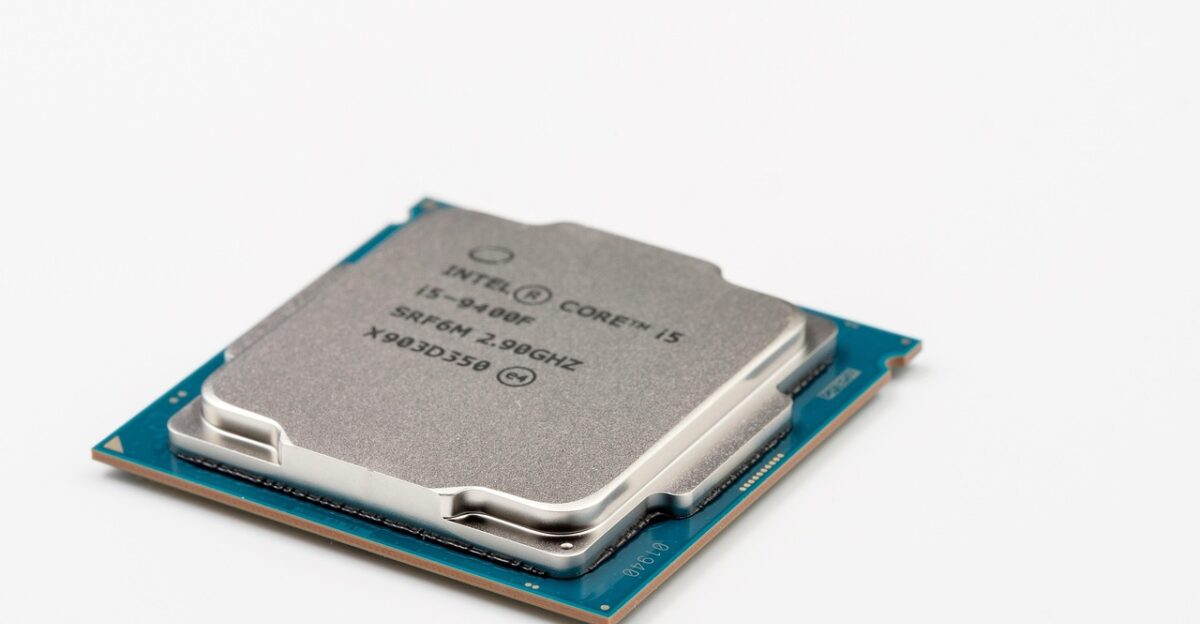
Intel’s Q2 2025 financial results present a surface-level image of stability, showing $12.9 billion in revenue, just flat compared to $12.8 billion in Q2 2024. More Than Moore’s analysis indicates that this figure actually exceeded the high-end of guidance by nearly $500 million.
Yet this apparent stability belies deeper structural issues that become clear when looking at profitability and operational efficiency. Maintaining revenue while incurring significant losses shows the fundamental disconnect between Intel’s market positioning and its cost structure, revealing how misaligned its operational model has become with current market realities.
Investor Alarm: The Sharp Drop in Intel’s Share Price
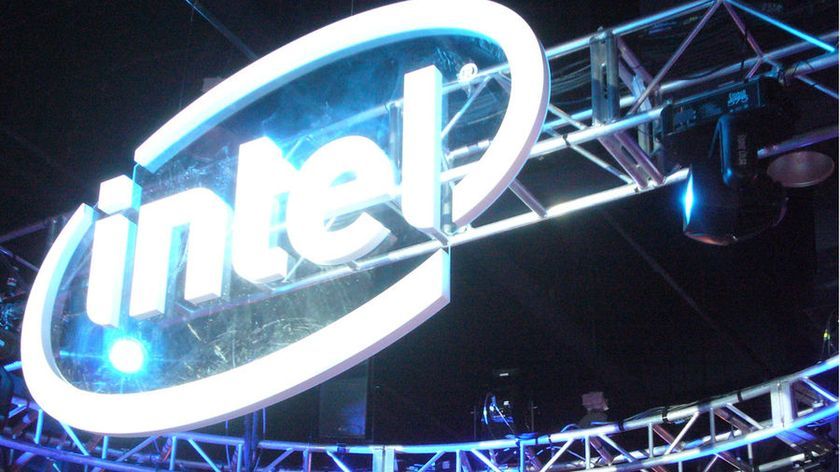
Wall Street’s response to Intel’s Q2 earnings highlighted a sharp contrast between corporate messaging and market reality, with Intel’s stock plummeting over 50% in 2024 alone. This visceral market reaction was not merely a reaction to one disappointing quarter. Investors saw these results as proof of Intel’s fundamental failure to compete profitably in the semiconductor landscape.
The company was removed from the Dow Jones Industrial Average in November 2024, replaced by Nvidia, due to S&P Global’s determination that Nvidia better represented the industry.
Tellingly, Intel’s market capitalization has halved since changes in leadership, showing that Wall Street has lost confidence in the company’s ability to execute a sustainable turnaround strategy.
Leadership Change: Introducing CEO Lip-Bu Tan’s New Strategy
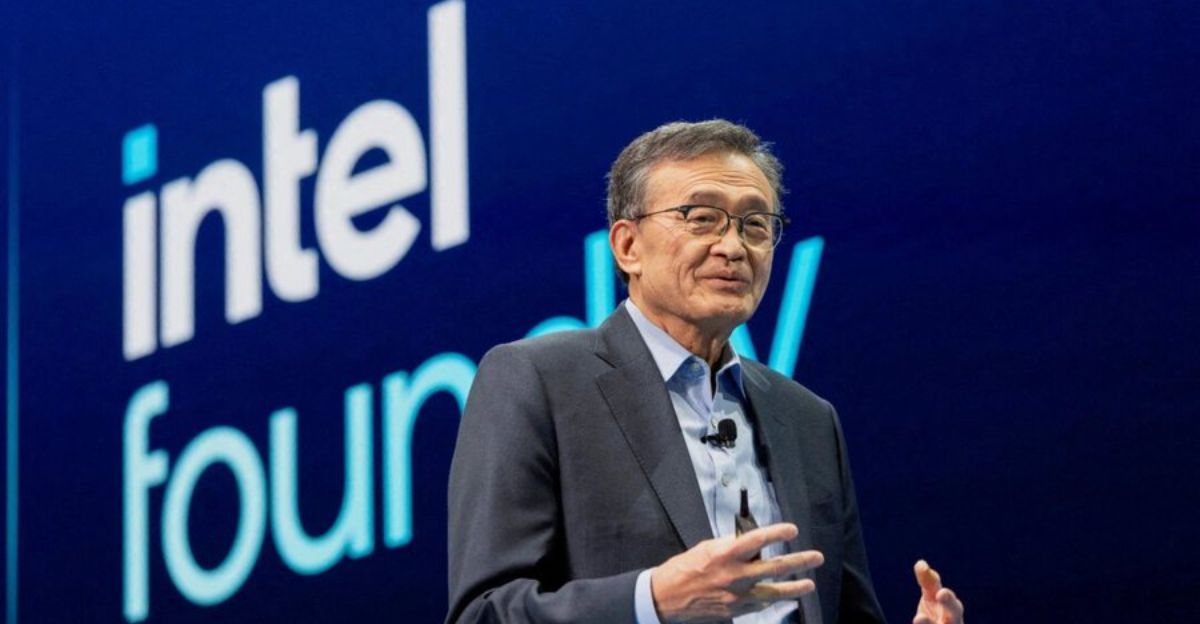
The appointment of Lip-Bu Tan as Intel’s CEO marked a desperate acknowledgment from the board that the company needed radical changes, not mere tweaks, following the forced retirement of Pat Gelsinger in December 2024. Reports indicate that Tan wasted no time implementing sweeping reforms, emphasizing the need for “hard but necessary decisions” to streamline operations.
As an industry veteran, Tan brings insightful understanding to Intel’s core issues, too many management layers, conflicting priorities, and insufficient accountability. His approach includes a systematic review of all functions, focusing on headcount, skill sets, spending, and executive structures.
Facing the Fork: Aggressive Cost-Cutting Measures Announced
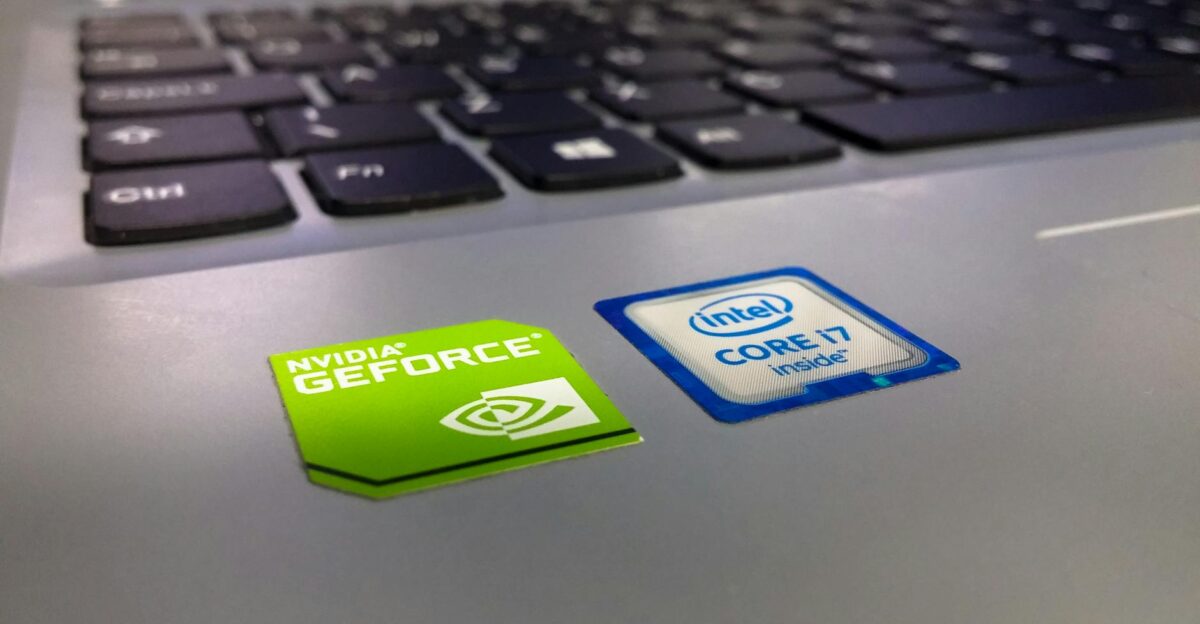
Tan’s cost-cutting initiative marks the most significant corporate restructuring in Intel’s five-decade history, targeting non-GAAP operating expenses of $17 billion for 2025 and $16 billion for 2026. Intel’s official announcement also outlines plans to cut gross capital expenditures to $18 billion for 2025.
The CEO’s call for enhanced “financial discipline” signals a major shift from the previously aggressive expansion model to one focused on survival and responsible investment. Intel can no longer afford to operate as the market leader it once was.
Layoffs on the Horizon: Cutting 15% of the Workforce
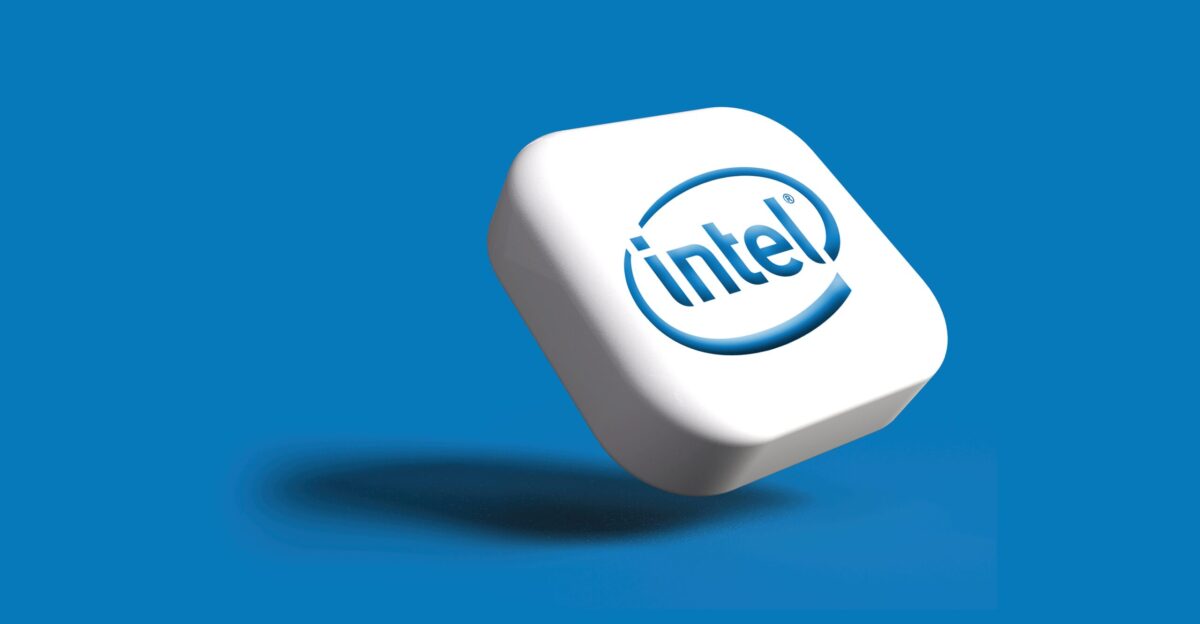
Intel’s workforce reduction plan stands as the largest single job elimination in the tech sector for 2025, with approximately 25,000 employees, around 15% of the company’s workforce, expected to be let go by year-end.
Reports indicate that Intel aims to shrink its workforce to about 75,000 employees by the end of next year, down from 108,900 at the close of 2024. CEO Tan confirmed during an earnings call that “During Q2, we completed the majority of the actions needed to achieve our year-end target of 75,000 employees”.
Restructuring for Agility: Simplifying Operations at Intel
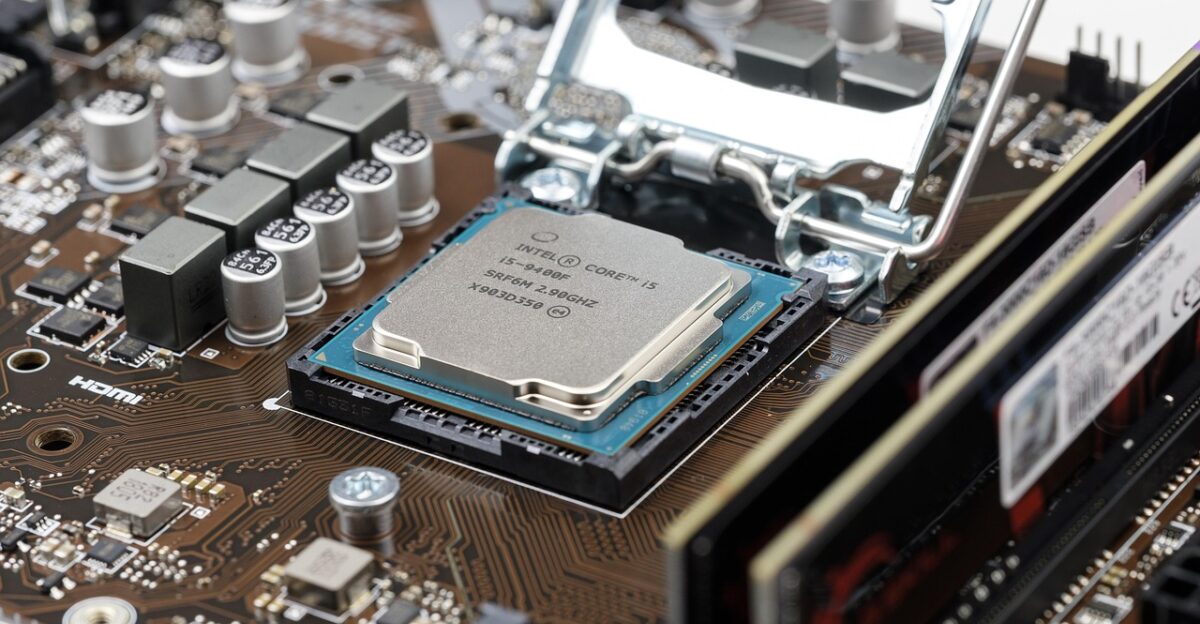
Tan’s restructuring efforts extend beyond simply reducing headcount; they aim to tackle the bureaucratic bloat that has stifled Intel’s decision-making processes for years.
According to reports, Tan stated that management layers have been cut by around 50% during Q2. The new CEO is implementing a radical flattening of the management structure to “reduce inefficiencies and redundancies and increase accountability” throughout the company.
Tan aims to “make the company more agile, collaborative, and vibrant” to enhance its operations and execution across products and processes.
The Largest Workforce Reduction in Tech for 2025
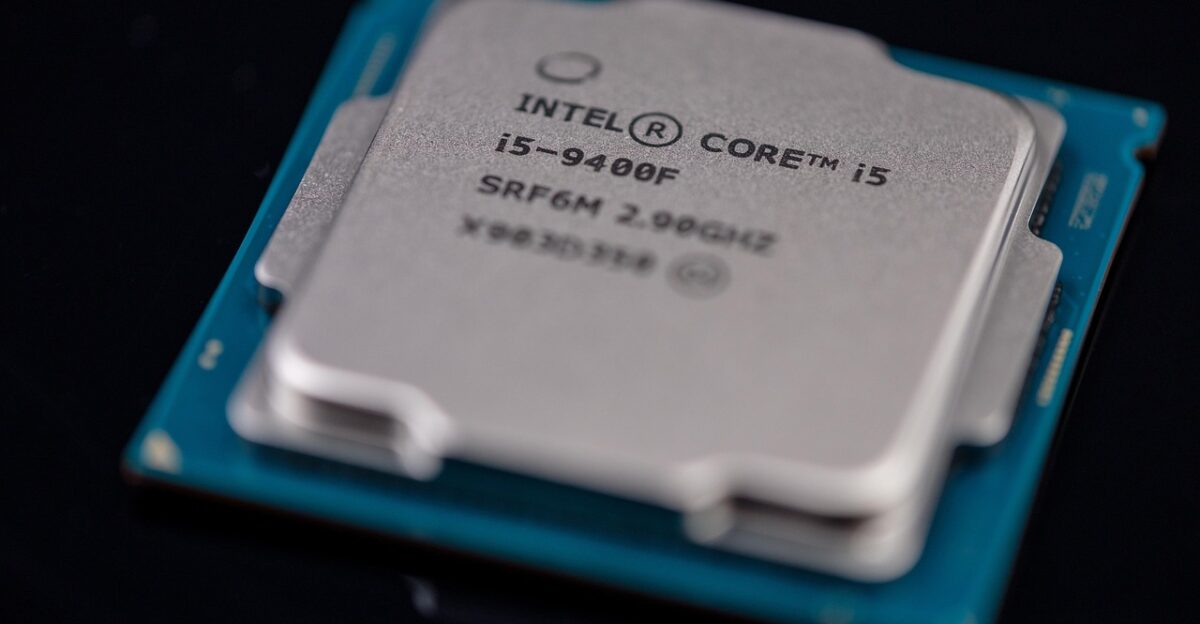
With 25,000 job cuts, Intel is leading the tech sector in workforce reductions this year, according to various industry analyses. This reduction will result from layoffs, attrition, and internal restructuring, following an earlier job cut of about 15,000 roles since April and another 15,000 eliminated in 2024. The layoffs affect all divisions and regions, especially Intel’s foundry operations and international locations.
Recent WARN notices reveal that layoffs in Arizona, California, Oregon, and Texas are set to increase, pushing the company’s total job reductions above 20,000 for the past year.
Economic Reality Check: The Impact of Halted Factory Expansion
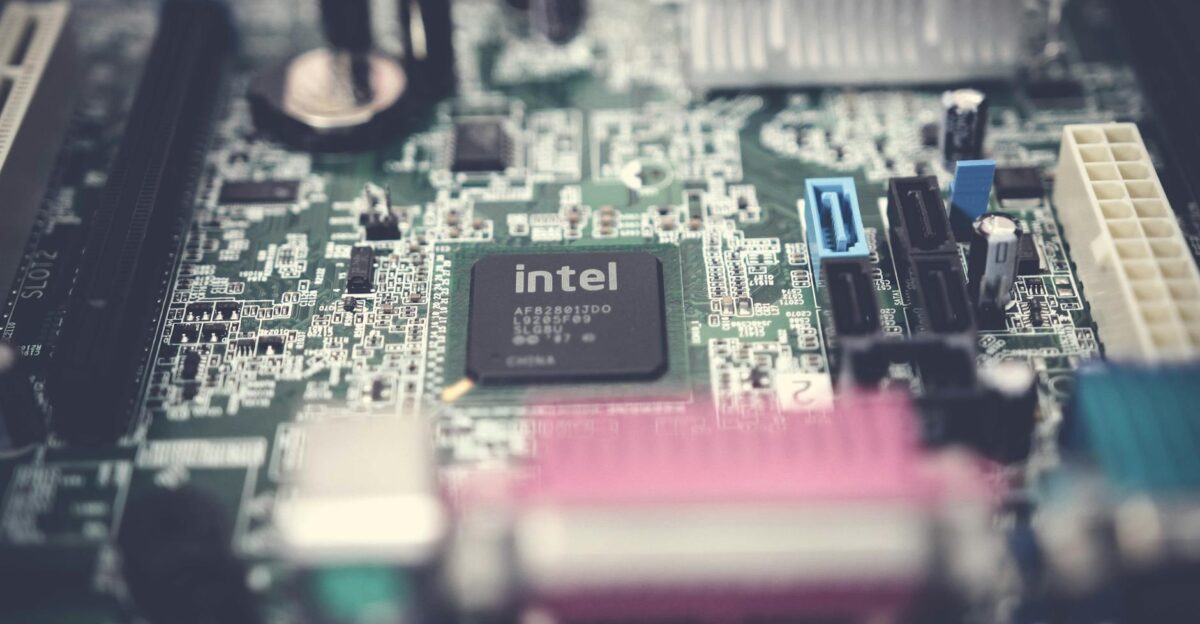
Intel’s decision to halt major factory projects marks a startling reversal from the expansion strategy that characterized its previous leadership. Reports state that Intel has stopped plans for facilities in Germany and Poland while also delaying the $28 billion Ohio chip factory.
CEO statements during earnings calls reveal that many halted projects were deemed “well ahead of demand and unwise,” signifying a shift from the old “build it and they will come” mentality that pushed for massive overinvestment. The company now prioritizes deploying capital “lockstep with tangible milestones” to avoid future overcapacity.
More Canceled Projects
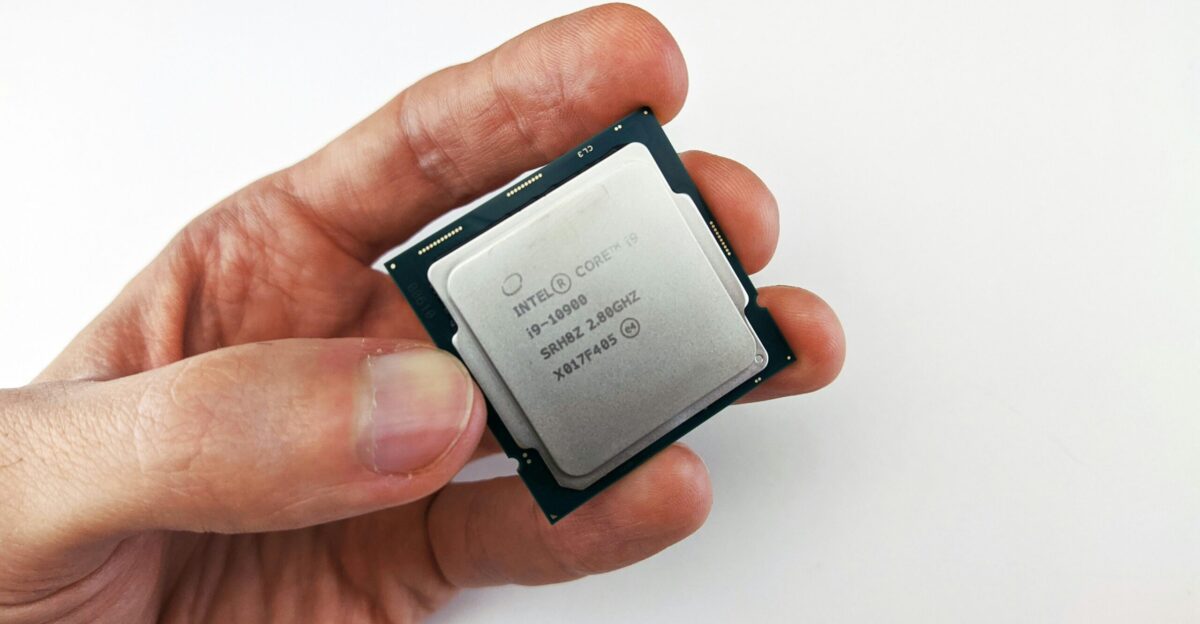
Reports indicate a broader consolidation of operations in Asia as part of this strategic shift. Previous investments were made based on demand projections that have not held up with today’s market realities.
This pullback leaves European governments scrambling to fill semiconductor manufacturing gaps they relied on Intel to address while forcing the company to redirect resources to locations with proven market demand.
The Financial Fallout: Projected $1.9 Billion in Restructuring Charges
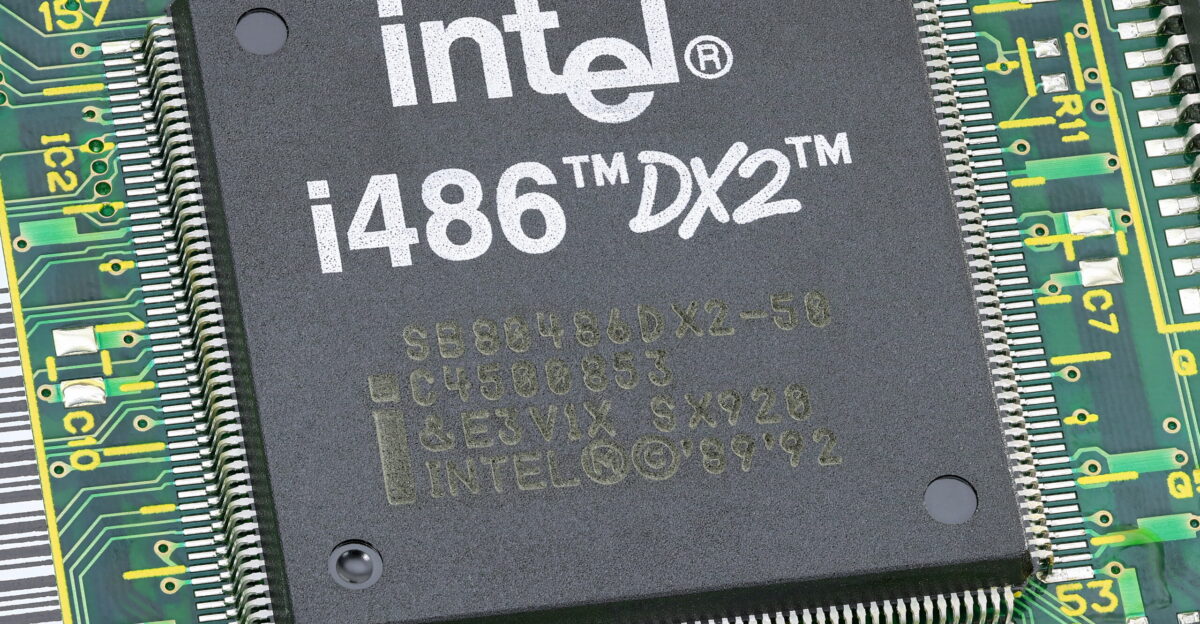
The $1.9 billion in restructuring charges that impacted Intel’s Q2 2025 results signals just the beginning of its financial pain during this radical transformation.
According to Intel’s earnings report, this significant charge contributed a $(0.45) per share impact to GAAP earnings, primarily due to workforce reduction costs and facility closures. These charges stand apart from the $800 million in asset impairments related to manufacturing tools deemed unneeded and $200 million in one-time costs.
Analysis highlights that the $800 million impairment arose from overbuying tools for new fabs and using them to replace older tools in existing facilities, leading to write-downs being more advantageous than sales.
The Larger Picture: A $2.9 Billion Quarterly Loss

Intel’s astonishing $2.9 billion net loss for Q2 2025 represents one of the most significant quarterly downturns in the company’s history, exposing a brutal intersection of operational challenges and restructuring costs.
Analysis reflects an 81% year-over-year decline from the $1.6 billion loss in Q2 2024, along with a 355% drop quarter-over-quarter. Even excluding one-time charges, Intel’s operations encounter significant profitability challenges across various business segments.
Total Cost Reduction Strategy: Targeting $17 Billion in Expense Management
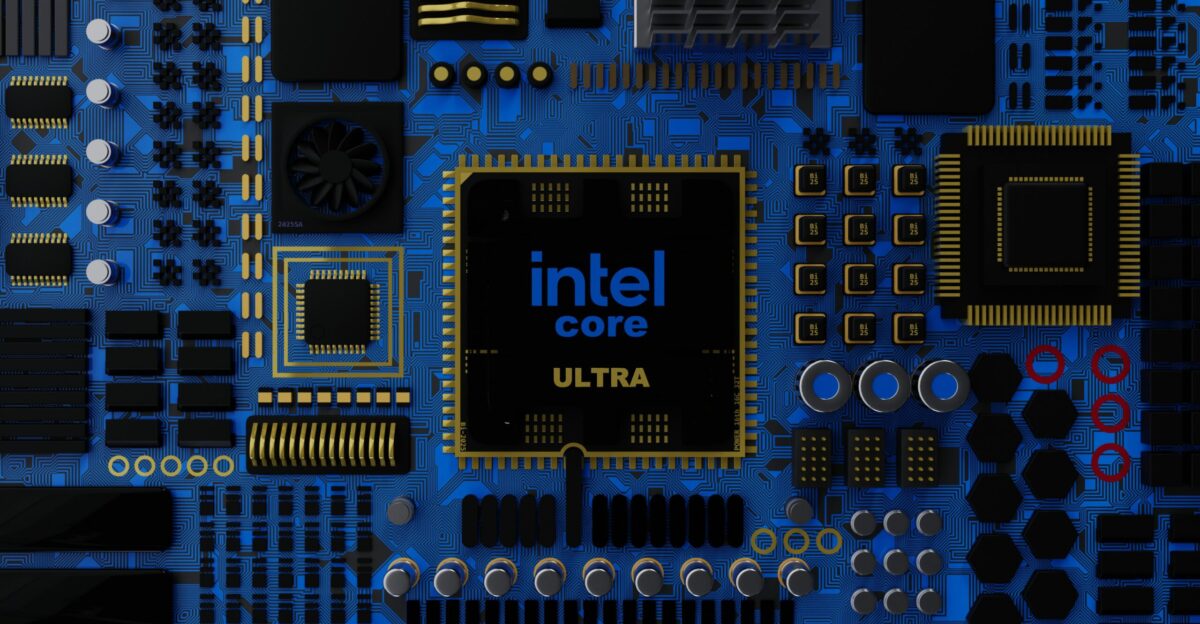
Intel’s ambitious expense management initiative is the most aggressive cost control effort in the company’s history.
Intel’s official statement indicates a goal of non-GAAP operating expenses totaling $17 billion in 2025, with plans for further reductions to $16 billion in 2026. These cuts will affect research and development, marketing, general administration, and capital expenditures, with gross capital spending now adjusted downward to $18 billion for 2025.
Intel Loses Its Grip on Market Dominance
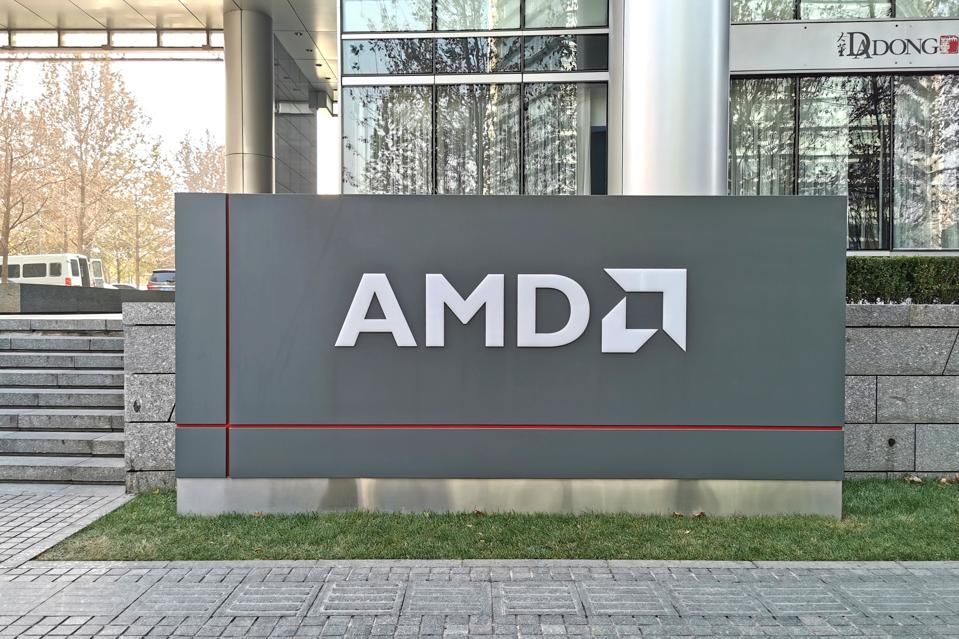
Intel is under historic pressure as AMD and TSMC surge ahead. PassMark data shows AMD hit 50% x86 server CPU market share in Q1 2025, up from just 2% in 2017, achieving parity with Intel for the first time. It’s a milestone that reshapes the balance of power in semiconductors.
Intel still holds about 55% of the server CPU market, but analysts warn it may slip below 50% by 2027. Meanwhile, NVIDIA dominates AI accelerators with 80–90% market share, sidelining Intel from the fastest-growing segment. Even its foundry unit lost $7 billion in 2023, underscoring the steep challenges. Next comes Intel’s bold new leadership shift.
A CEO With a Mission to Reinvent Intel
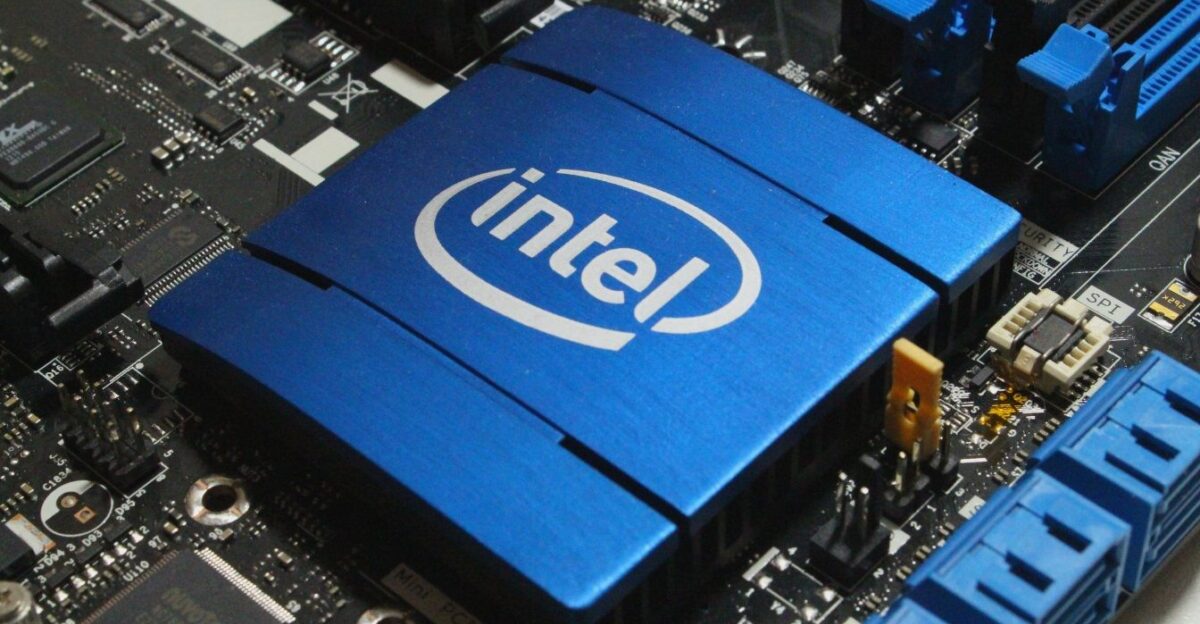
When Lip-Bu Tan became CEO in March, he promised to strip away bureaucracy and refocus Intel on profitability. In a leaked note, he bluntly admitted Intel is “not in the top 10 semiconductor companies,” clarifying later this referred to market capitalization, where Intel ranks 16th at about $103 billion.
Tan’s strategy rests on three pillars: rebuilding the foundry, reviving x86 chips, and refining AI. His internal memo stressed there are “no more blank checks” and every dollar must count. With cost discipline and cultural overhaul, Intel hopes to escape decline. But success also hinges on help from Washington.
Government Becomes Intel’s New Shareholder
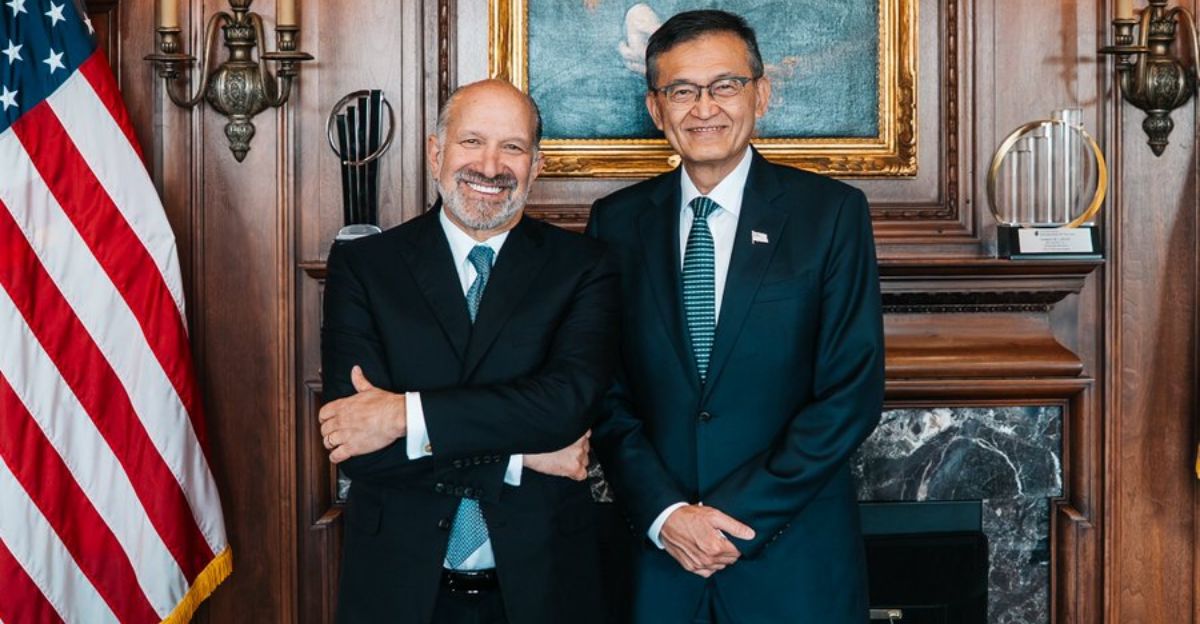
In August , the Trump administration announced an $8.9 billion purchase of Intel stock, giving the U.S. government a 10% stake. The buy was funded by reallocating $5.7 billion in unpaid CHIPS Act grants and $3.2 billion from the Secure Enclave program. Combined with earlier funding, Intel has received $11.1 billion.
Trump declared on Truth Social that “The United States paid nothing” for the shares, now worth about $11 billion. The deal removes previous claw-back clauses but adds a warrant for another 5% stake if Intel sells majority control of its foundry. That raises deeper questions about government’s expanding role in semiconductors.
A Strategic Asset Under Watchful Eyes
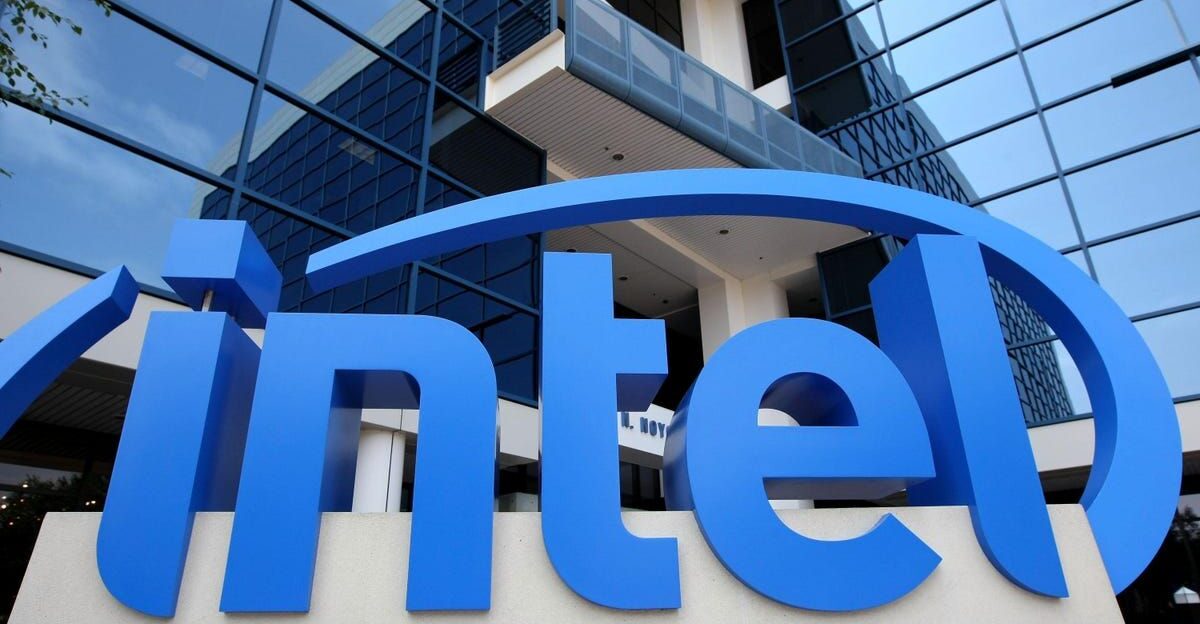
Intel’s value now extends far beyond profits. As the only U.S. company with advanced domestic chipmaking, it is seen as vital to national security. Tan himself underscored Intel’s role in ensuring “the world’s most advanced technologies are American made,” reflecting its transformation into a national asset.
Commerce Secretary Howard Lutnick is already weighing similar equity deals with other chipmakers. But government oversight brings new pressures, forcing Intel to juggle public obligations with private competition. All of this unfolds as rivals like TSMC hold commanding global market share. The bigger test, however, lies in whether Intel can truly reinvent itself.
Intel’s Fight for Survival Turns Brutal
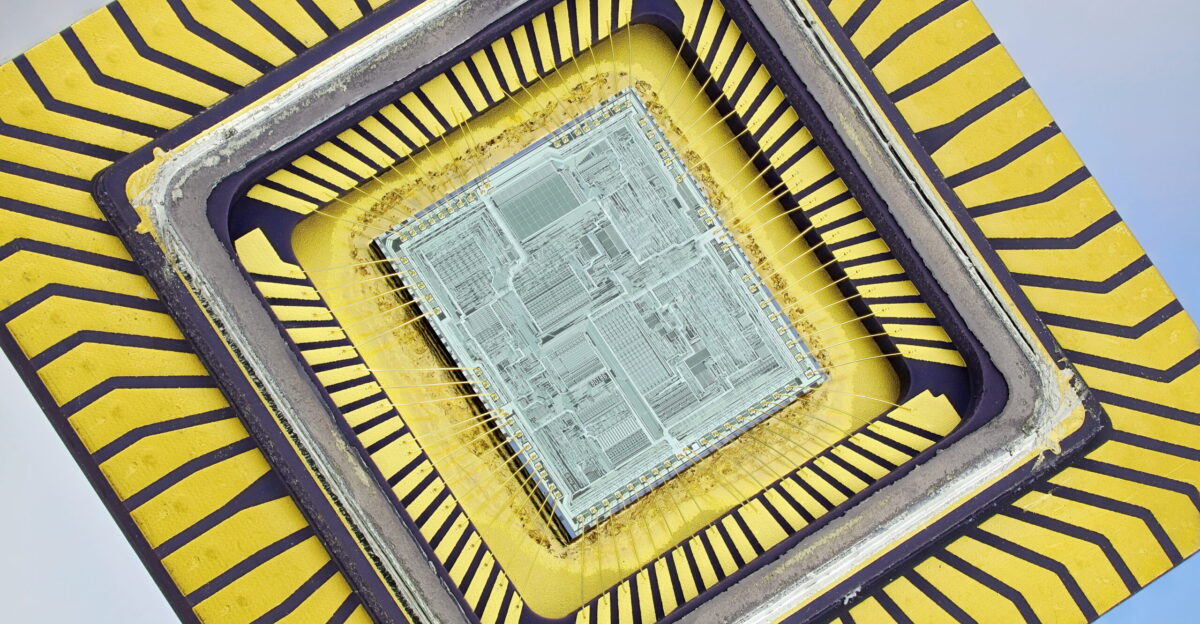
Intel’s turnaround comes with deep cuts. By year’s end, its workforce will shrink to 75,000, down from nearly 100,000—over 25,000 jobs lost. Operating expenses are being trimmed to $17 billion in 2025, with another billion slashed in 2026. The company also cancelled new factories in Germany and Poland, slowing its Ohio expansion.
Losses have been staggering: $2.9 billion in Q2 2025 and $18.8 billion for 2024, Intel’s worst result since 1986. Tan is betting radical restructuring and engineering focus will stop the bleeding. But if Intel fails, decades of dominance could collapse into irrelevance. The company’s next moves will decide its fate.